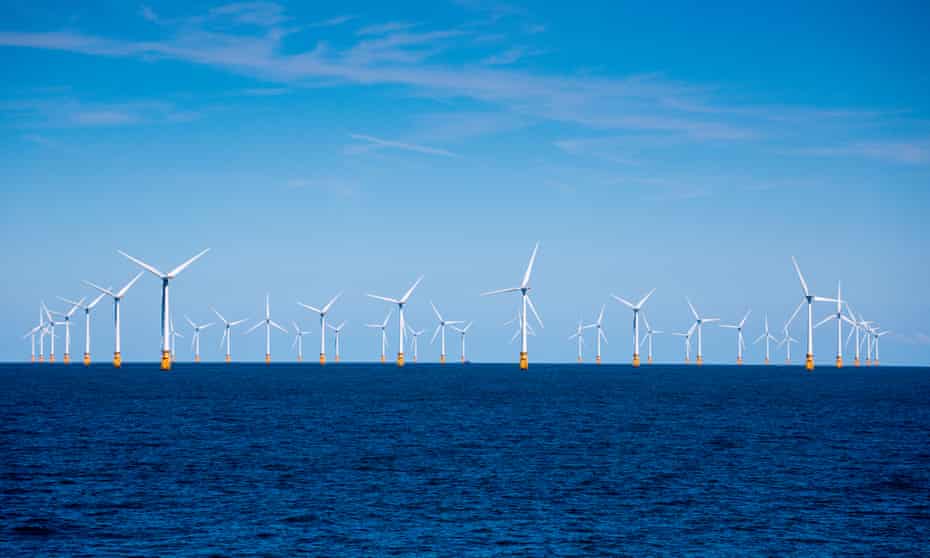SSE to invest billions more in green power as it rejects break-up call
FTSE 100 energy firm defies call to split off renewables business with extra GBP1bn of green investments every year to 2026

SSE has rebuffed calls to break itself up, and announced a multi-billion pound plan to boost investment across its renewable energy and electricity networks businesses.
The FTSE 100 energy firm faces pressure from Elliott Management, an aggressive activist hedge fund, to split off its fast-growing renewable energy business. Elliott has built up a stake in the company this year.
Instead, SSE will expand its investment plan for the next five years to GBP12.5bn, from its previous target of GBP7.5bn, across its business in the areas which will help the UK reach its net zero climate targets.
By the end of the decade SSE plans to run a quarter of the UK’s offshore windfarms, alongside its electricity grid networks in the north of Scotland and parts of England, and its planned fleet of flexible “low carbon” power plants.
Forty per cent of the extra GBP1bn of green investments every year to 2026 will go to its renewable energy business, 40% to its networks business, while the remaining 20% will be for the rest of the SSE business.
The spending spree strengthens the company’s existing strategy in defiance of Elliot’s calls to break up the company by splitting off its renewables business to increase the value of the group. The rationale is backed by industry analysts, including Bernstein which claims SSE is undervalued in the market.
SSE said it had “carefully considered a wide range of available strategic options”, including the separation of its renewables division, but had concluded it would “not be the best route for growth, execution and value creation and was not therefore in the long-term interests of its stakeholders”.
Alistair Phillips-Davies, the chief executive of SSE, said it had held robust discussions with its shareholders in which it had made a clear case that keeping the company together was central to the strategy it had set out until 2026.
He added that the scale of the business – across renewable energy, networks, and thermal power generation – was key to its ability to finance the large-scale project needed to meet the climate challenge.
Phillips-Davies said scales was important in being able “to tackle the biggest, most difficult projects this world” needed. “If you’re half the size, you’ll only get half the funding,” he added.
However, SSE’s share price plunged by 5% after the firm set out its plans, which include a surprise dividend cut of about 30% from the 2023-24 financial year to 60p a share, alongside plans to sell off a quarter of its electricity networks businesses, in order to fund the green spending.
Phillips-Davies said he looked forward to continued conversations with shareholders over the coming weeks about the company’s strategy.
The Perthshire-based energy group, which sold off its energy supply business to Ovo Energy shortly before Covid-19 pandemic, reported a doubling of profits for the first half of the year compared with the year before despite a slowdown in wind speeds, which dented its renewable energy generation.
On a pre-tax basis SSE’s half-year profits grew by 116% to GBP1.69bn.
The slowdown in wind speeds earlier this year, which has cut revenues for many major renewable energy companies, was “more than offset” by higher revenues in SSE’s networks businesses with a further boost from other energy assets such as gas storage.